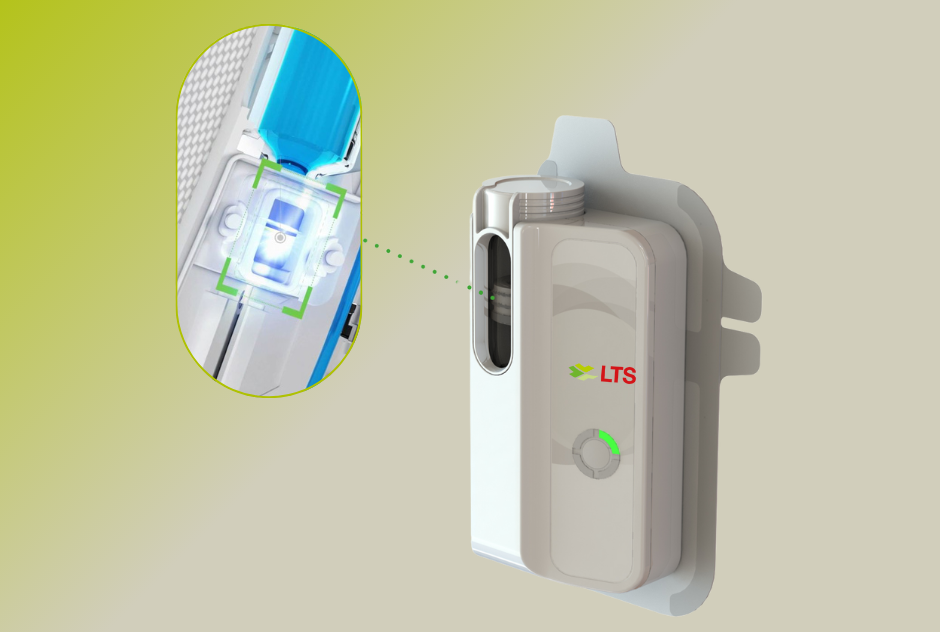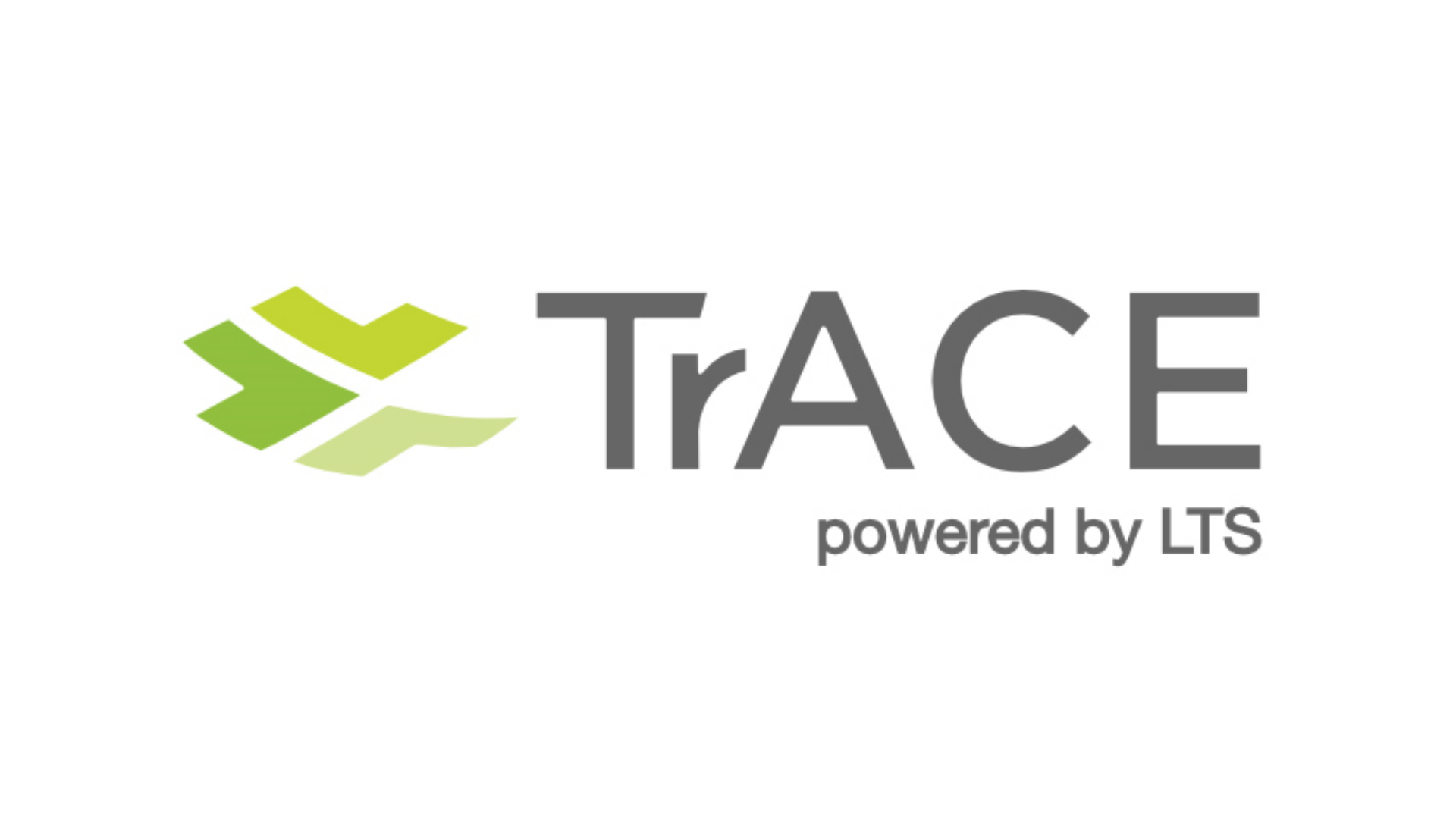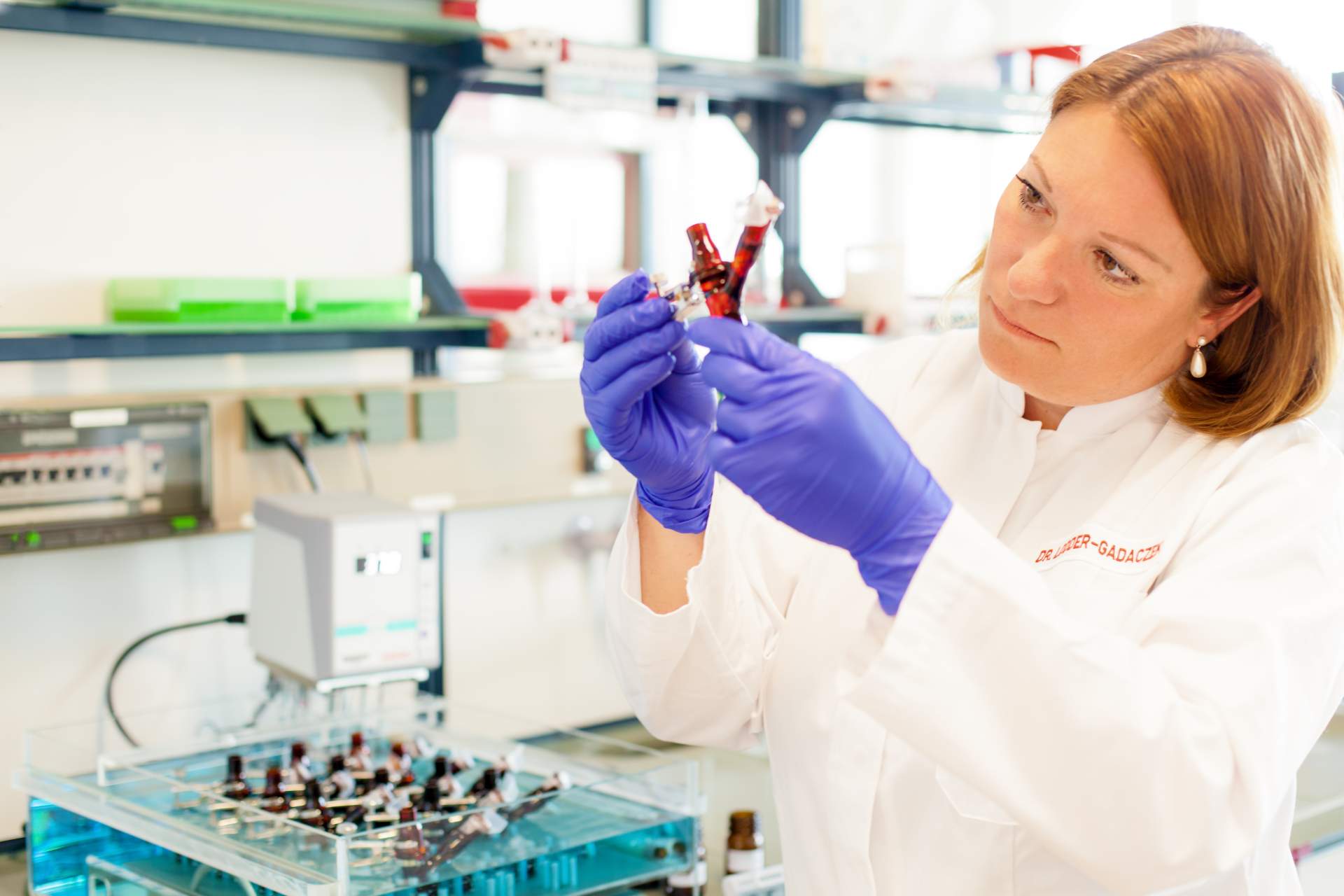
Es ist an der Zeit, über die Zahlen hinauszublicken und die Menschen zu würdigen
Patient first, patient centricity, better patient outcomes, greater patient adherence… Terms that are a daily part of the industry vocabulary as pharmaceutical companies and their partners around the world work tirelessly to improve the lives of patients.
While there is no question about the industry-wide commitment to this cause, there is however, for good reason, a temptation to place patients into buckets categorised by disease type or in very broad depersonalised, demographic terms.
The personalisation of medicines has become an important topic for us all. In our view, personalisation isn’t limited to the medicine itself, but also to the delivery route. We must extend our understanding of their conditions, symptoms and clinical requirements, so that we can address real anxieties such as needle phobia and better ensure the best possible patient outcomes as a result.
The pandemic that raged through our world has changed parts of the healthcare landscape forever, none more so, than the environment in which medicine is delivered.
Although telemedicine and home care has been available for many years in many countries, the COVID-19 pandemic has really accelerated its usage. Indeed, according to Fortune Business Insights, the global telemedicine market is projected to grow from $79.79 billion in 2020 to $396.76 billion in 2027 at a CAGR of 25.8%. An ageing population, people’s lack of desire/time to visit healthcare environments, the costs associated with hospitalisations, and many patients’ increased engagement in their own health and wellbeing has led to an increase in home care.
This step change at the point of delivery will inevitably cause us all to consider even more innovative drug delivery technologies that can be self-administered while supporting the necessary levels of compliance to the therapy regimen. There is a notable and predictable rise in the estimated market demand for auto-injectors, however, while they can be self-administered, there are still significant patient boundaries associated with this route, most notably around the fear and pain associated with needles.
We believe that transdermal and intradermal delivery technologies provide the answer to these challenges as they overcome many of the compromises in current drug delivery. Providing patients with a simple low-touch vehicle for self-administration of a controlled dose, they eliminate the involvement of HCPs as well as the associated waste and risks inherent in injections.
Traditionally, medicine has been built around clinical teams specialising in a particular organ system working back from a patient’s symptoms to arrive at a diagnosis. However, the growth in personalised medicine is turning this approach on its head, recognising that complex diseases should no longer be considered as a single entity. One disease may have many different forms, resulting from the complex interaction of our biological make-up and the diverse pathological and physiological processes in our bodies. These will not only vary between patients who have the same disease but also within an individual patient as they get older and their body changes.
The ability for healthcare professionals to deliver a genomic, or ‘molecular’ diagnosis means that the most effective, personalised treatments can be selected.
It is our belief that this level of personalisation should extend to the drug delivery technology. After all, there is very little point in offering an oral solid dose to someone who has difficulty swallowing. Or a parenteral treatment to someone with needlestick phobias.
Medicine is only effective if it is taken, and as such we all have a duty of care to ensure the delivery route fits with the characteristics of the patient as much as the therapy does.







